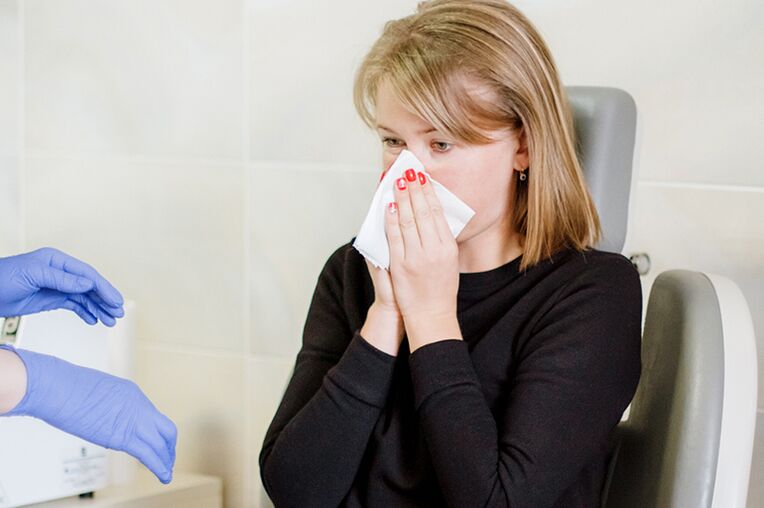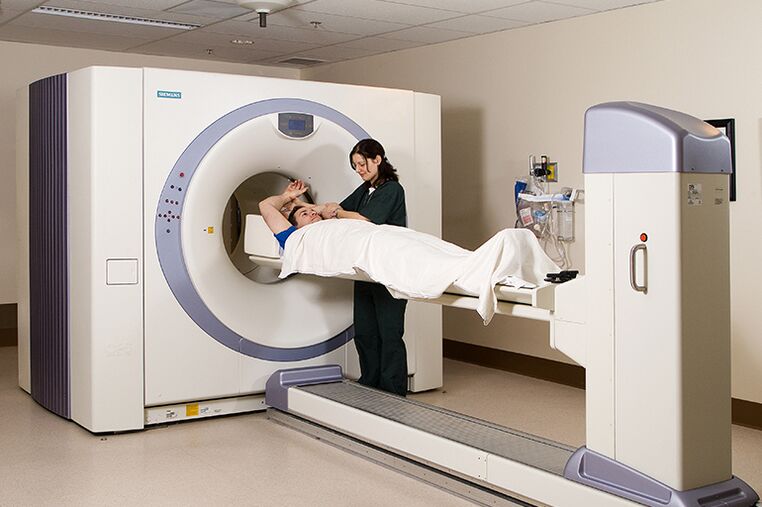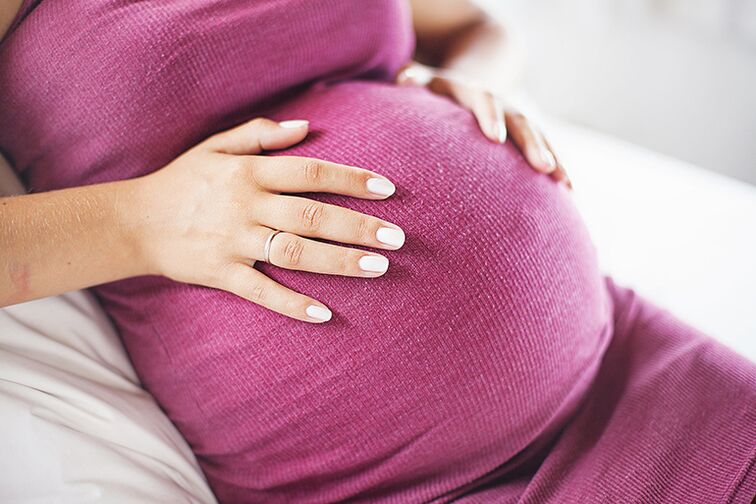Defects of the nasal septum are a common condition in children and adults and require radical (surgical) treatment. This pathology is not life-threatening, but it is an obvious cosmetic defect. Correction of nasal septum (septoplasty) according to strict indications.

Types and causes of diaphragm defects
There are the following types of defects:
- Curvature. A condition in which the nasal septum deviates from the linear axis. This pathology is a common cause of chronic rhinitis, dyspnea, sinusitis, and tonsillitis (inflammation of the tonsils). Curvature is physiological (congenital), traumatic and compensatory (with polyps as background), S-shaped, horizontal, C-shaped, vertical, front or back.
- perforation. Due to this pathology, through holes are formed in the cartilage tissue. The pathology occurs due to the rupture of the tissue surrounding the cartilage and the detachment of the submucosa.
- The backrest sinks. Occurs in the context of trauma and abscess. It is characterized by flattening of bone tissue and shortening of the back.
The most common causes of a deviated nasal septum are:
- Injuries (bruises, falls). The risk group includes men and boys. Athletes (boxers, karate fighters, wrestlers, mixed martial arts fighters) are more likely to be injured. The defect develops with a strong impact, and the osteochondral plate is displaced under this background. Usually, deformity occurs when the fracture is improperly bonded.
- Abnormal growth of the skull. The large size of the nasal cavity promotes the curvature of the nasal septum, which is a compensatory response.
- Rare anomaly (a powerful development of Jacobson's prototype). Limit the space for growth and development of the diaphragm.
- Chronic unilateral rhinitis. A stuffy nose on one side can cause bending.
- Tumor.
- Abscess.
- Sinus hypertrophy (hyperplasia).
- Complex inheritance (curved noses of parents).
- polyp.

External manifestations and internal symptoms
If a person’s nasal septum is curved, the following symptoms may occur:

- Violation of breathing through the nose. It can be light or heavy, so that a person can only breathe through his mouth. The absence of such symptoms does not rule out defects.
- Chronic rhinitis. It occurs due to poor ventilation and the reproduction of microorganisms.
- Allergic reactions often occur.
- congestion.
- Swelling of the mucous membranes.
- headache. It occurs against the background of congestion, complications in the form of sinusitis (sinusitis), increased mucosal pressure and receptor irritation.
- Frequent episodes of ARVI. Manifested as coughing, sneezing, and fever.
- Dry mucous membranes.
- Nosebleeds.
- sleep apnea. Breathing stops during sleep.
- snore.
- sleep disorder.
- It is manifested as weak performance of decreased performance, lethargy, and weakness. The reason is hypoxia.
- Changes in the shape of the nose (skewed, sunken back).
- Concentration and memory decline.
Less commonly, symptoms such as coughing, sweating, hypoosmia, tinnitus, dryness, nasal congestion, and changes in facial expressions (open mouth, changes in bite) are observed.
Diagnosis of defect severity
Through the following research, you can determine the defect and its severity:
- Computed tomography (detection of the spine, spine and related diseases).
- Nuclear magnetic resonance. If a tumor is suspected, perform this test.
- Rhinoscopy (nasal cavity examination).
- Endoscopy. Use a tube with a camera.
- Nose measurement (changes in airflow and the degree of crowding interference).
- Vision check.

In addition, analysis (allergic test, smear bacteriological examination, clinical blood test) and investigation will be carried out.
treatment method
Only through surgery can the defect be eliminated. This operation is called rhinoplasty. Conservative treatment is ineffective.
Which doctors to contact
If you have symptoms of a nasal septum defect, you should see an otolaryngologist (otolaryngologist). You may also need to consult a surgeon.

Conservative treatment
Conservative treatment aims to eliminate edema and symptoms (runny nose, congestion). Saline solution, vasoconstrictor sprays, and drops can be used. Frequent laser treatment.
Surgical intervention (nasoplasty)
Septoplasty is the surgical correction of the nasal septum. In most cases, it is performed through an endoscope without an incision using a monitor and camera. Its benefits include:
- Fast recovery
- effectiveness;
- simple;
- Minimal blood loss and trauma;
- There is anti-corrosion effect (when using laser).

It is less common to use resection or cartilage protection methods. Before nasal septoplasty, the difficulty of nasal breathing and the age of the patient will be considered.
Indications for surgery
The indications for nose surgery are:
- Difficulty breathing;
- The presence of chronic rhinitis;
- Ear infections;
- Severe headache
- Obvious appearance defects;
- Sinusitis;
- Obvious snoring;
- Often nosebleeds.
Surgical contraindications
Surgical correction of the nasal septum is contraindicated:
- Elderly patients,
- Have hemophilia (blood clotting disorder),
- Severe heart disease,
- Insanity
- diabetes,
- cancer,
- Severe form of infection,
- Arterial hypertension,
- During the flowering period of the plant (allergic),
- During pregnancy,
- Breastfeeding the baby.

Prepare for septoplasty
After testing (HIV, syphilis, coagulation chart), expert consultation (therapist, otolaryngologist, anesthesiologist), preoperative medication and anesthesia, nose correction is performed.
It is recommended not to eat after 6 o'clock in the evening, but to cleanse the bowels.
It is important to disinfect the mouth (to cure all diseases, including sore throat, rhinitis, and pharyngitis).
For women, it is recommended to restore the correct nose shape 2 weeks after menstruation.
Features of the postoperative period
After nasal septum correction surgery, you need to:
- Wear a cotton headscarf in your nose for 1-2 days;
- Taking antibiotics for preventive purposes;
- Observe by a doctor (experts should rinse the nose to remove scabs and blood).
Contraindications during recovery
After rhinoplasty, it is recommended:
- Avoid high load;
- Refuse to go to the bathroom and sauna;
- Don't pick your nose;
- Don't get too cold
- Eliminate pressure and temperature drops (refuse to fly, climb, swim).
Effectiveness of surgical intervention
The pictures of people before and after surgery are very different.
Removal of defects can eliminate appearance defects and all symptoms, making breathing easier.
The efficiency reaches 95-100%.
Complications after nasal septum correction
In the current stage of medical development, nasal septum correction is easy to operate. However, postoperative complications may still occur.
The consequences of surgery may be adhesions, tissue fusion, hematoma or abscess formation, infection, anesthesia allergy, lamina injury, hyposmia, perforation, blurred vision, and nerve damage.




















